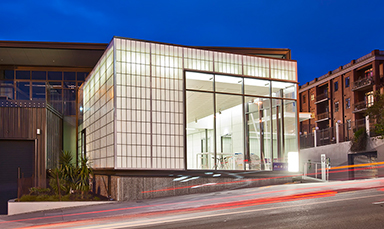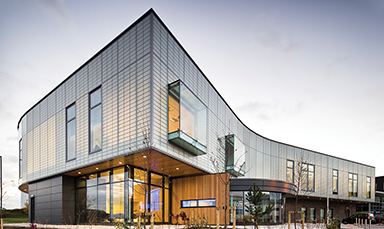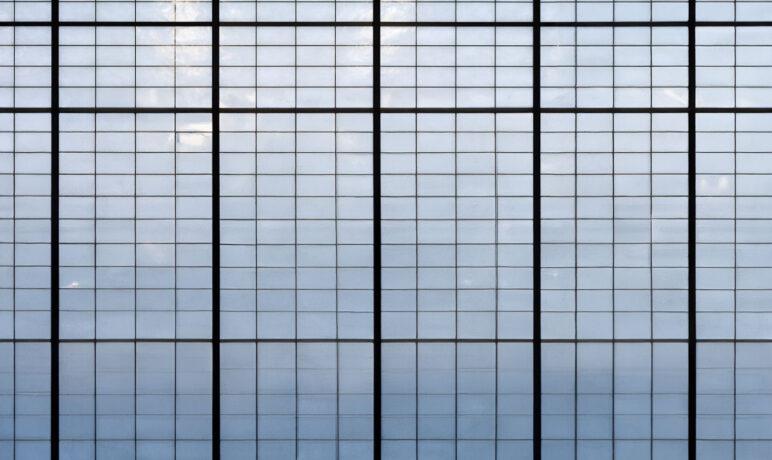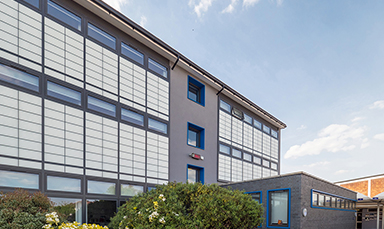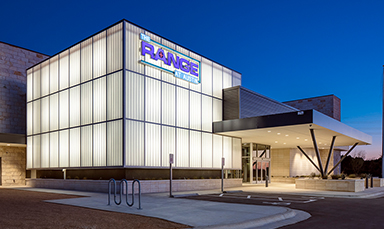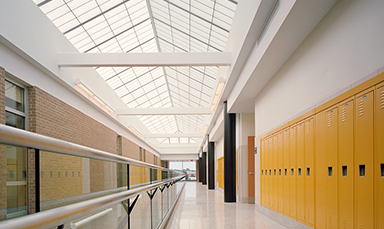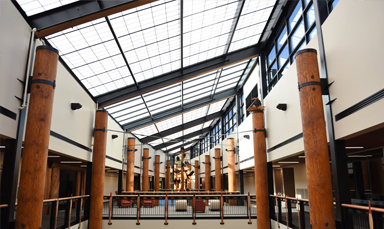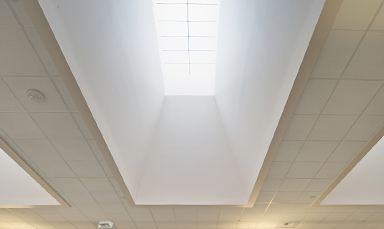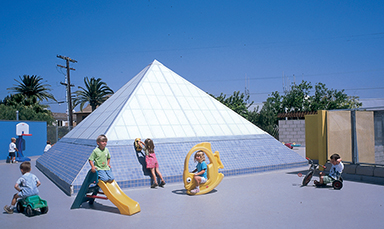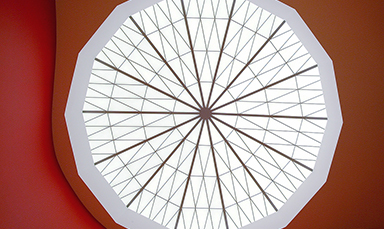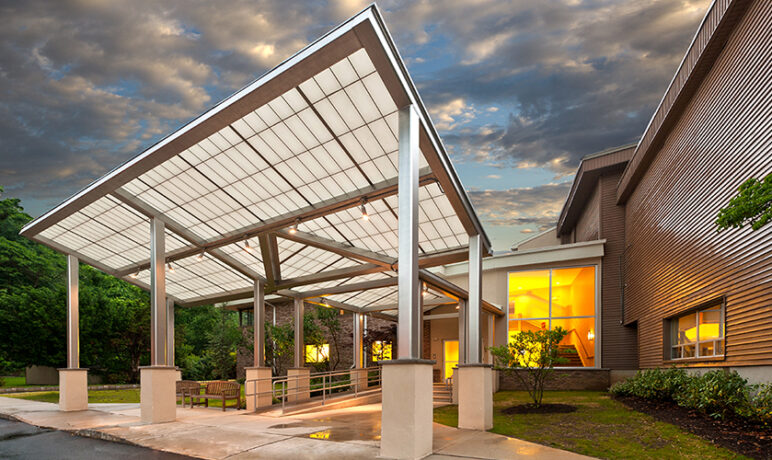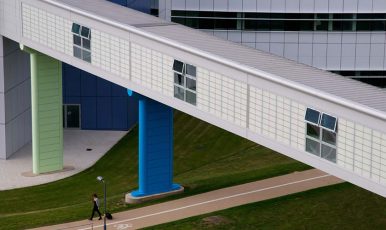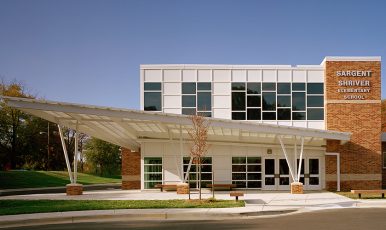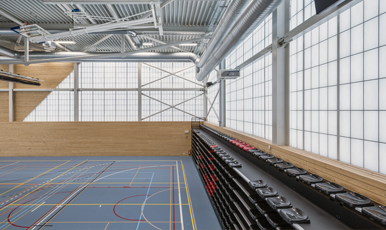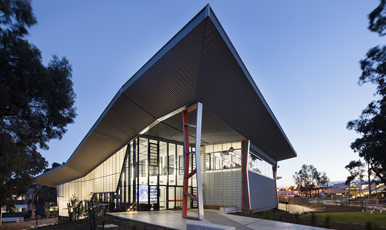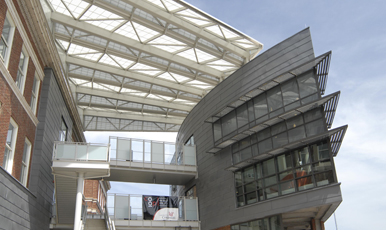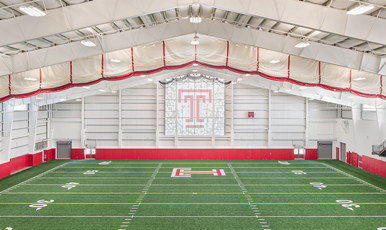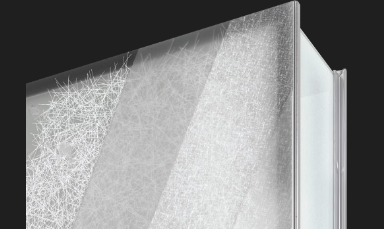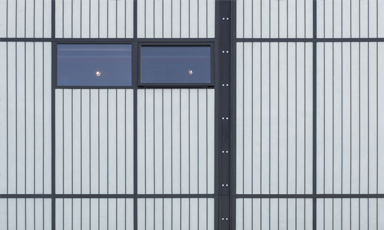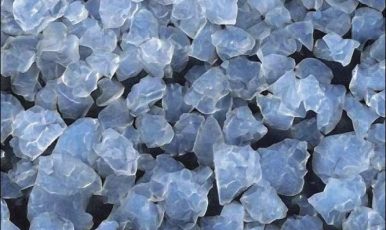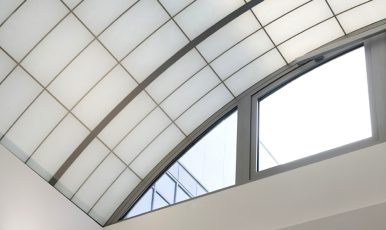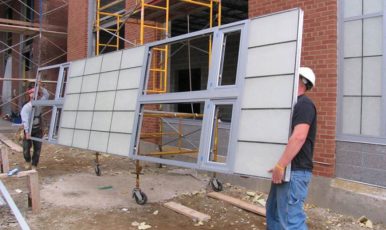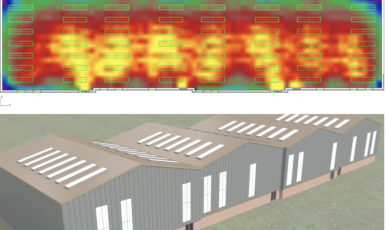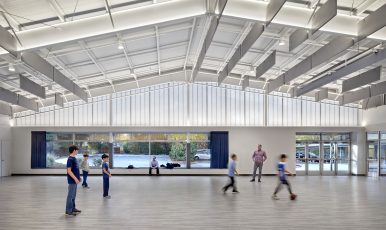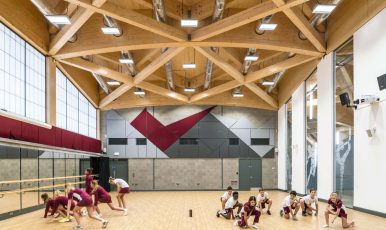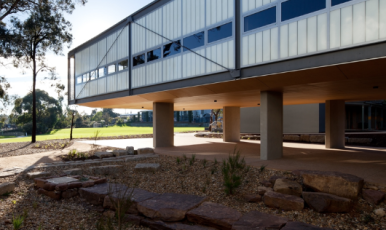Invest in Bird-Friendly Translucent Facades by Kalwall
When spring arrives, millions of birds migrate through the U.S. to their summer homes in the Northern Hemisphere, where resources are plentiful. During their journey and once they arrive, birds face many dangers, from predators to weather. But one of the greatest dangers as they migrate and settle for the season is human-made—windows.
This year’s Earth Month theme, “Invest in Our Planet,” is a call to action for businesses to get involved and promote sustainability efforts. One way to do that is by investing in Kalwall’s translucent structural sandwich panels, which can significantly mitigate bird-strike fatalities by providing a barrier to reflection while still letting in light.
The American Bird Conservancy (ABC) is the leading authority that tests and lists building envelope materials based on their bird-strike threat factor (TF) of 1–100, with 1 being masonry and 100 being polished reflective stainless steel.
ABC gave Kalwall’s standard product a TF of only 2. The only materials that scored better were masonry and externally installed insect screens over windows.
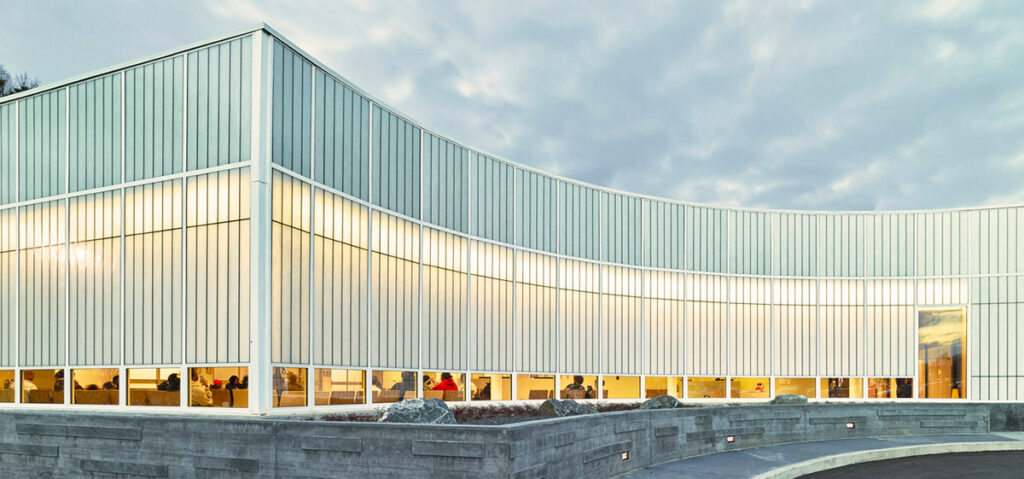
A billion bird deaths each year
While some birds are merely stunned by a window strike, 54–76 percent are fatal. Window strikes by birds account for 16 million to 42 million bird deaths annually in Canada; in the United States, that number rises to 365 million to 988 million.
The problem is that birds don’t see windows as a barrier. Instead, the glass reflects the outdoors, which the birds perceive as open space and fly in at full speed.
Other factors depend on species and gender. For instance, male birds exhibit aggressive behavior during mating season; they may see their reflection as another bird, then attack the “intruder” repeatedly.
According to Mike Vetzal, Director of Business Development for Bravura Architectural Products, the following species are more likely to be involved in a window strike:
- Songbirds are migratory and fly at high speeds, making them more prone to collisions with windows. They are also attracted to vegetation near windows, which can increase their risk.
- Woodpeckers, known for drumming on trees, may mistake the sound of their drumming on windows for territorial aggression. They may also be attracted to insects trapped inside the glass.
- Hummingbirds are tiny and fast-moving. Therefore, they may be unable to see windows or recognize them as a solid barrier due to their size and speed.
- Sparrows are common urban birds. They may be attracted to windows’ reflective surfaces, mistaking them for other birds or food sources.
- Thrushes are ground-dwelling birds. Vegetation near windows can attract the birds, and they may fly into the glass while trying to navigate around it.
A dwindling bird population can hurt the ecosystem
Bird strikes are a humane and ecological issue. Of course, nobody wants to think of birds being harmed or killed, but even more important is that they are a vital part of the ecosystem, and their loss could be catastrophic.
According to the National Audubon Society, birds’ significant environmental contributions include:
- Their droppings act as fertilizer, providing nutrients for plants and grasses.
- They spread spores that can keep forests thriving.
- They are voracious predators of pests. Barn swallows, for instance, can eat up to 60 insects an hour, while bran owls can reduce rodent populations that can destroy crops.
- Birds like vultures dispose of rotting carcasses that can spread disease.
The Canadian Environment and Natural Resources Service states, “Protecting birds from collisions helps conserve their populations and keep ecosystems healthy. This helps all species, including humans.”
But bird populations are slowly dwindling: Vetzal says the bird populations in Canada and the United States have dropped by more than 25 percent over the past 50 years.
Governments look to bird-friendly guidelines
The city of Toronto, Canada, was the first in North America to develop and implement Bird-Friendly Development Guidelines to reduce the danger of windows to migratory and local birds.
Since 2010, all new building applicants must adhere to the bird-friendly glazing requirements in Toronto. Many North American governments have also started to enact policies that call for bird-safe buildings at the federal, state/provincial and municipal levels:
Canada
- Markham, Ontario
- Toronto, Ontario
- Calgary, Alberta
- Vancouver, British Columbia
United States
- Minnesota
- California
- Illinois
- Maryland
- New York
- Oregon
- Wisconsin
- Washington, D.C.
According to The American Bird Conservancy, more US States continue to adopt policies to avoid bird strikes.
In 2021, a bill was introduced to Congress to require the General Services Administration (GSA) to develop and implement strategies for reducing bird fatalities from collisions in newly constructed, acquired or significantly altered public buildings.
“As Congress and the administration look to make significant investments in our nation’s infrastructure, legislation like the Bird-Safe Buildings Act is essential to demonstrate how we can truly build back better,” said John Rowden, Senior Director of Bird-Friendly Communities at the National Audubon Society.
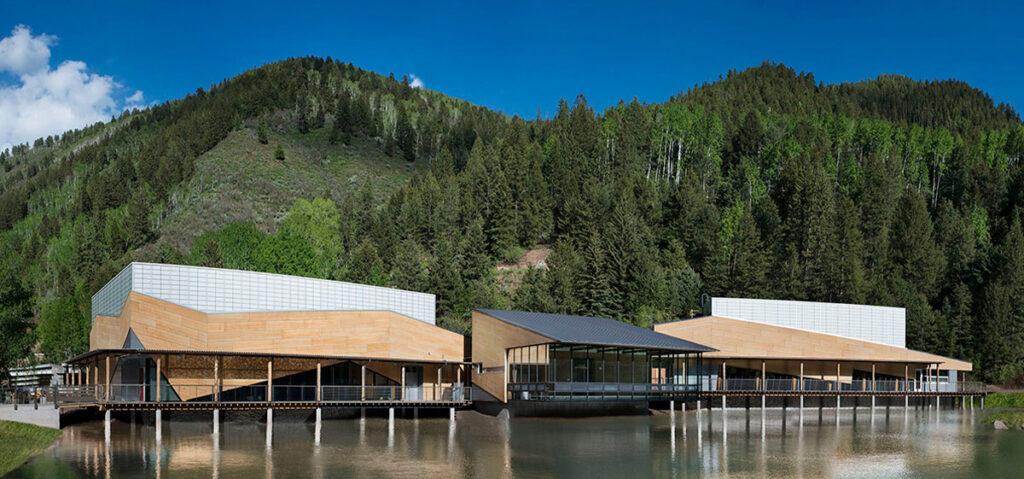
Kalwall’s translucent facades can mitigate bird deaths
The prismatic fibers in Kalwall’s fiberglass-reinforced polymer panels refract and scatter visible light waves in perfect Lambertian diffusion, meaning that light penetrates much deeper and more evenly into interiors.
At the same time, the translucent panels provide a barrier with almost no reflection, so they don’t entice birds, providing a window solution that is both humane and ecologically positive.
The translucent panels also diffuse the light intensity seen from outside the building. “People tend to leave lights on all the time, especially in office buildings, and birds are attracted to light at night,” Fischer says.
Vetzal says that most “bird-friendly” glass and other fenestration materials are costly and score between 11–30, compared to Kalwall’s translucent panels’ TF of 2.
“Businesses can also help prevent collisions by applying visual markers on existing glass,” Vetzal says, “and considering using bird-friendly products such as Kalwall for the fenestration and opaque materials with lower reflectivity for the other building parts.”
Homeowners can help, too
Businesses aren’t the only ones who can make a difference to the bird population. Individuals can also take steps to prevent bird strikes at their homes. The Cornell School of Ornithology recommends the following:
- Go outside and look at your windows from a bird’s point of view. If you see branches or sky reflected in the glass, that’s what the birds will see, too.
- Windows near feeders should be bird friendly.
- Mark windows on the outside using the following:
- Tempera paintDecalsDot patterns or tape
- Acopian Bird Savers or “zen curtains”ScreensNetting
- One-way transparent film
Earth Day is a great time to focus on sustainability and work to save birds—and the environment.
Download our Facades Brochure to start exploring bird-friendly options.
If you have questions about building with translucent materials
Contact Us

